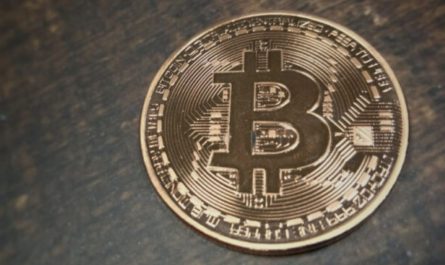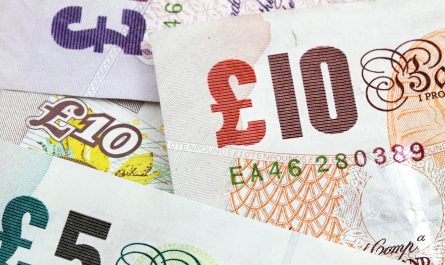On Thursday, the Russian Roublereached a value of 62 against the US dollar, helping in stabilize after the currency had experienced some uncontrolled and sharp moves in the previous week. This was primarily because of the imbalance that has been created on the Moscow Exchange between demand and supply. The focus of the market was directed towards the new batch of sanctions against Russia by the United States. This is in reaction to the ‘military operation’ that the Russian Federation has launched in Ukraine. The latest round of sanctions were focused on 7 vessels, 16 entities, 17 people and 3 aircrafts.
The list of sanctioned entities included the name of Severstal and this resulted in a 12% plunge in the share prices of the steel giant, causing it to underperform. There was not a lot of impact on the rouble, as it has proven to be the best-performing currency in the world so far. This is all because of Russia imposing capital controls after it dispatched tens of thousands of troops on February 24th to Ukraine. There was a 0.6% decline in the rouble against the US dollar by 1456 GMT, as it reached 61.65. It had reached 65.48 against the euro, which was an easing of 1.7%.
The Russian currency has also been able to do well because of the new payment terms it had introduced for EU gas consumers. They are now required to convert their foreign currency into roubles for making payments. Likewise, a decline in imports of the country have also supported the rouble and helped it deal with economic hurdles and the possibility of defaulting on sovereign debt. On Wednesday, a panel of investors disclosed that payouts that could be worth billions of dollars would be triggered if Russia fails to pay accrued interest of about $1.9 million on a dollar bond.
This has brought Russia close to the first default on external debt in more than a century. There was a decline in yields in the domestic bond market on OFZ treasury bonds, as they declined to 9.08%. This is the lowest they have been since the start of the year, as data indicated that inflation was slowing down once more after it had climbed to the highest levels seen since 2002. The prices and yields of bonds are inversely related. Market experts said that it is possible for the declines to slow down, as inflation data is due next week.
There is a possibility that the central bank may reduce rates once more in June and July, depending on the inflation data. Last year, the Russian central bank had cut down its interest rate to 11% and stated that they could reduce it even further in the year, as the economy moves towards a contraction and inflation is coming down after reaching 20 year highs. There was also a decline in the stock indexes in the country. There was a 2.2% fall in the RTS index, which is dollar-dominated and a 1.5% fall in the MOEX Russian index.
















